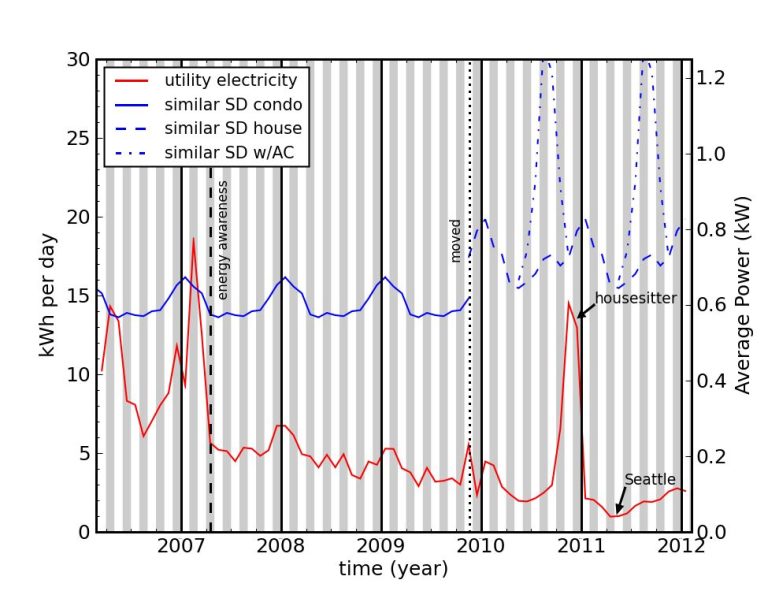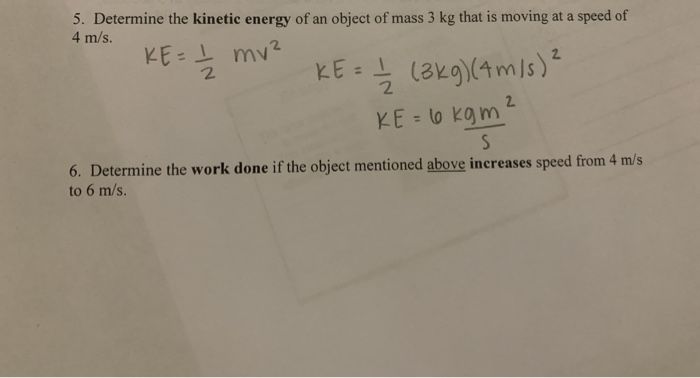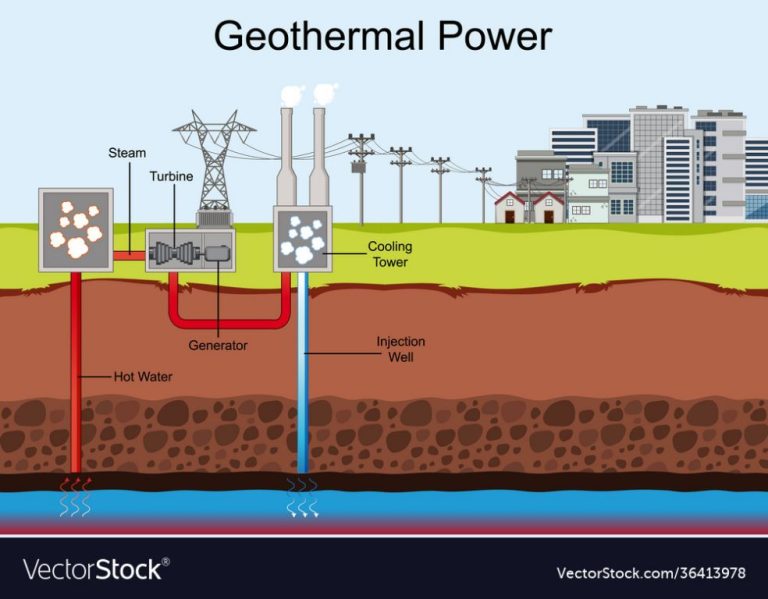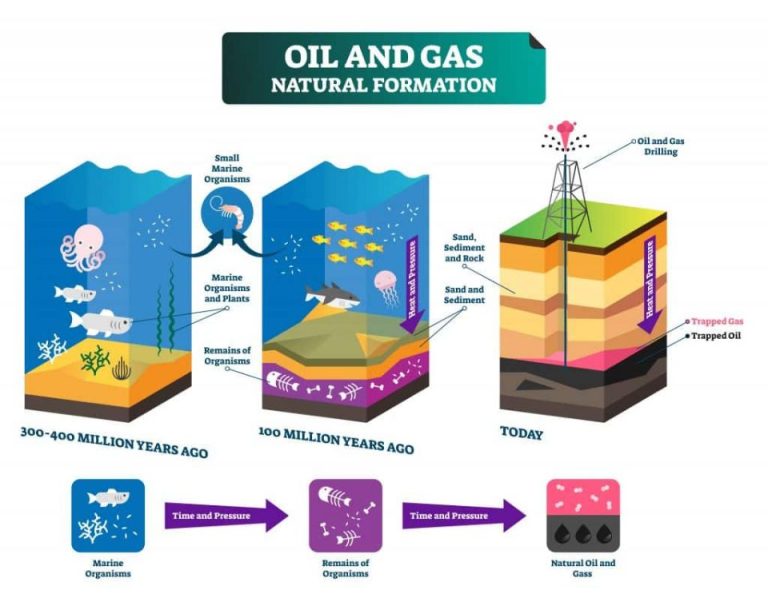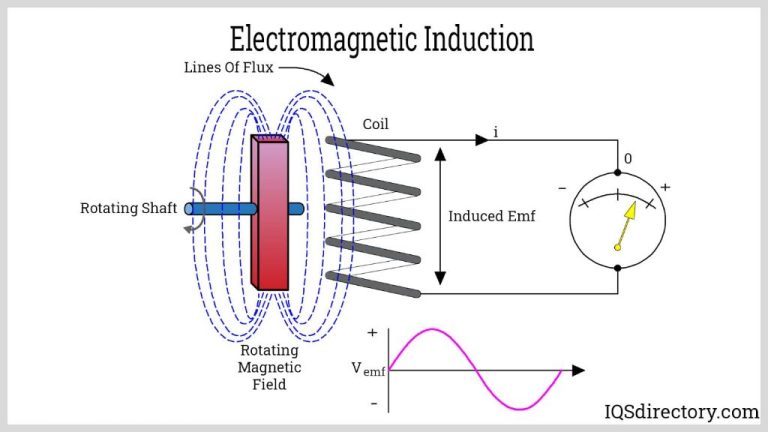How Does Photosynthesis Affect Carbon Levels?
Photosynthesis is the process plants use to convert light energy from the sun into chemical energy in the form of glucose. This process also releases oxygen as a byproduct. Photosynthesis is an essential biological process that underpins nearly all life on Earth. Through photosynthesis, plants absorb carbon dioxide from the atmosphere and convert it into organic carbon, effectively removing CO2 from the air. The rate at which plants can perform photosynthesis has an important influence on atmospheric carbon dioxide levels.
How Photosynthesis Converts CO2 into Oxygen
Photosynthesis is the process plants use to convert sunlight, water, and carbon dioxide into energy and oxygen. During photosynthesis, plants absorb CO2 through tiny pores on the undersides of their leaves known as stomata. The CO2 molecules diffuse into the leaf, where they are incorporated into sugars by combining with hydrogen atoms split from water molecules. This process converts the CO2 into carbohydrates that the plant uses for energy and growth.
A byproduct of photosynthesis is oxygen. For every molecule of CO2 that is taken in, the plant releases a molecule of oxygen back into the atmosphere. This oxygen, produced by plants through photosynthesis, is what humans and other oxygen-breathing lifeforms depend on for survival. Without photosynthesis constantly replenishing the supply, oxygen levels would quickly plummet to lethal levels.
Photosynthesis Removes CO2 from the Atmosphere
During photosynthesis, plants absorb CO2 from the atmosphere through small pores in their leaves called stomata. The CO2 is combined with water and sunlight to produce glucose sugars for the plant to grow. This process removes CO2 molecules from the air.
Plants essentially act as a “carbon sink,” drawing down and storing atmospheric carbon in their tissues as they grow. Scientists estimate that land plants and the soil absorb about 25-30% of the CO2 released each year from human activities such as burning fossil fuels. Photosynthesis by plants plays a major role in regulating Earth’s CO2 levels.
As long as a plant is alive, much of the carbon it accumulates via photosynthesis remains locked within its tissue. But when the plant dies and decays, this carbon is released back to the atmosphere. Deforestation also undermines plants’ natural ability to balance CO2 levels, as it destroys the plants storing carbon.
Rates of Photosynthesis Impact CO2 Levels
Photosynthesis is the process by which plants convert carbon dioxide from the atmosphere into carbohydrates, releasing oxygen as a byproduct. This makes the rate at which photosynthesis occurs a key factor in regulating carbon dioxide levels in the atmosphere. The faster the rate of photosynthesis, the more carbon dioxide plants can remove from the air.
Several environmental factors influence the photosynthetic rate, including light intensity, temperature, and availability of water. When conditions are optimal, plants maximize photosynthesis. For example, brighter sunlight causes plants to synthesize carbohydrates and absorb CO2 more rapidly. Higher temperatures also accelerate photosynthesis up to an optimal point. Adequate moisture ensures plants can perform photosynthesis at peak capacity.
Increased rates of photosynthesis mean more carbon dioxide is assimilated from the atmosphere and converted into energy-rich sugars for plant growth. This leads to a measurable drawdown of atmospheric CO2 levels. Scientists can detect these fluctuations in CO2 concentrations in correlation with changes in vegetation activity and health. The effects are most pronounced in dense forests with high biomass.
In essence, vigorous plant growth stimulates photosynthesis to capture more atmospheric carbon. This relationship demonstrates how the productivity and scale of plant life can directly impact the amount of CO2 in the air. Monitoring photosynthetic rates provides insight into an important lever for regulating carbon dioxide and mitigating climate change.
Deforestation Releases Stored CO2
Trees and other plants absorb CO2 from the atmosphere through photosynthesis. This CO2 gets incorporated into the plants’ tissues as biomass. When forests are cut down or burnt, the stored carbon in the biomass is released back into the atmosphere as CO2. Deforestation is a major source of human-caused CO2 emissions. Studies estimate deforestation accounts for 10-15% of global CO2 emissions every year. Large-scale deforestation in the Amazon rainforest and forests in Southeast Asia are major contributors to rising CO2 levels from forestry. Preserving forests helps keep CO2 locked in plant biomass instead of being emitted into the air. Reforestation efforts that regrow forests can recapture CO2 as new trees absorb the gas during photosynthesis. Sustainable forest management practices that prevent over-logging and slash-and-burn agriculture can help mitigate deforestation-driven CO2 emissions.
Increasing Forested Land Could Remove More CO2
One way to help counter rising CO2 levels is to increase the amount of forested land through reforestation and afforestation. Reforestation involves replanting trees in areas that were previously forested but cleared. Afforestation means establishing new forested areas in regions that may not have been forested for a very long time. Both approaches increase the overall capacity of trees and plants to absorb CO2 through photosynthesis.
It’s estimated that reforestation could capture over 2 billion tons of CO2 per year globally, while afforestation could capture approximately 9 billion tons of CO2 per year by 2050. This large-scale restoration of forests could play a major role in offsetting CO2 emissions and helping mitigate climate change. In addition, newly established forests provide important ecosystem services like soil conservation, biodiversity habitats, and sustainable wood supplies over time. With careful planning, increasing global forest cover through reforestation and afforestation represents an achievable climate change solution that also provides ecological and economic benefits.
Climate Change Reduces Photosynthesis Rates
Climate change is causing increased temperatures, droughts, and extreme weather events in many parts of the world. These effects have negative impacts on plant photosynthesis rates. When plants experience heat stress and drought stress, their stomata (pores used for gas exchange) begin to close to prevent water loss. This means less carbon dioxide can enter the leaves to be used in photosynthesis. With less CO2 entering, photosynthesis slows down and less carbon is “fixed” from the atmosphere.
Several studies have shown that higher temperatures and drought conditions decrease the photosynthetic rates in trees and crops. In some cases, photosynthesis can be reduced by 30% or more under extreme heat and water stress. This directly lowers the amount of CO2 that plants are able to remove from the air through photosynthesis. If climate change continues to worsen droughts and increase temperatures in many regions, it could substantially reduce global photosynthesis rates and the ability of vegetation to sequester atmospheric CO2.
Increasing Atmospheric CO2 Can Boost Photosynthesis
While rising CO2 levels are a major concern for climate change, they can actually boost photosynthesis rates in some plant species. This occurs because as atmospheric CO2 concentrations rise, more CO2 becomes available within plant leaves and tissues. Since CO2 is a key reactant in photosynthesis, more of it can accelerate the chemical reaction and increase the production of sugars.
Studies have shown that doubling present-day CO2 levels can increase photosynthesis by 30-100% in C3 plants like wheat, rice, and soybeans. CAM plants like pineapples and agave see smaller gains of 10-25%. Other factors like water availability, sunlight, and temperatures modulate the effect, but increased CO2 unambiguously enhances photosynthesis in many plants.
However, some scientists caution that these gains may diminish over time as plants acclimate to persistently elevated CO2. There are also uncertainties about how increasing CO2 could impact plant nutrition, water use efficiency, and susceptibility to pests. While higher CO2 levels may temporarily stimulate photosynthesis in many plants, the overall ecological consequences remain complex.
Finding a Balance Through Sustainable Forest Management
While increasing forested land has the potential to remove more CO2 from the atmosphere, we must balance reforestation and afforestation efforts with the need for forest resources. Sustainable forest management practices can help strike this balance by utilizing selective harvesting, replanting, and promoting natural regeneration of native tree species.
Sustainable techniques like reduced impact logging can decrease carbon emissions from logging activities. By selectively harvesting mature trees and leaving younger ones, carbon can remain stored in the forest. Reforestation programs that promptly replant after harvest are also important for maintaining forest carbon storage and future sequestration capacity.
Natural regeneration of forests should be promoted as well, as this allows native tree species that are well-adapted to the local climate to reestablish. Natural regeneration combined with the protection of existing forests can lead to meaningful increases in forested land without major planting initiatives.
Overall, sustainable forest management policies aimed at maintaining forest productivity and health can provide renewable forest resources while keeping carbon stored in trees, soils, and forest biomass. With proper balance, forests can play an important role in the carbon cycle without prohibiting responsible use of forest lands.
Conclusion
Photosynthesis is a crucial biological process that removes CO2 from the atmosphere and converts it into oxygen. As plants and phytoplankton absorb CO2 to fuel photosynthesis, they act as a major carbon sink that regulates global CO2 levels. The rate at which photosynthesis occurs has a direct impact on atmospheric CO2 concentrations. Factors that impact photosynthesis, such as deforestation, climate change, and atmospheric CO2 levels, can alter the carbon cycle and release stored CO2 back into the air. Maintaining forested land and encouraging photosynthesis through sustainable practices can help remove CO2 from the atmosphere. However, climate change may reduce photosynthesis rates globally. There is a complex interplay between photosynthesis, atmospheric CO2, and climate that influences how much carbon is stored on land versus accumulating in the atmosphere as greenhouse gas. Further research and sustainable forest management will be key to utilizing photosynthesis as part of the solution to rising CO2 levels.

